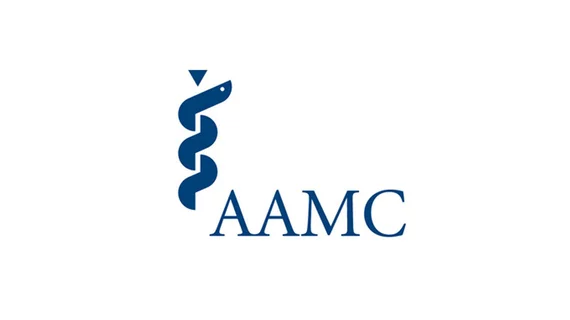Not-for-profit teaching hospitals spent 20 percent more on community benefits after the Affordable Care Act went into effect, according to study from the Association of American Medical Colleges (AAMC), disputing independent studies which have found hospitals didn’t use post-ACA boosts in revenue to provide more for their communities.
The study, led by Philip Alberti, PhD, AAMC’s senior director for health equity research and policy, was published in the AAMC’s monthly peer-reviewed journal Academic Medicine. Alberti and his coauthors compared community benefit spending included on AAMC member hospitals’ tax forms from 2012 to 2015, after the ACA was implemented.
For the 184 hospitals represented in the data, total community benefit spending increased from $15.3 billion in 2012 to $18.4 billion in 2015—a 20.14 percent jump in terms of the raw dollars and a 15 percent increase after adjusting for inflation. As expected, the ACA resulted in less spending on uncompensated care, which dropped by more than $800 million between 2012 and 2015.
“Significant attention is placed on charity care spending by those who question whether health care organizations deserve their federal tax-exempt status,” Alberti and his coauthors wrote. “This study shows that teaching hospitals are devoting more money to community benefit following ACA implementation and are doing so in ways that respond to the unique challenges and opportunities in their states and local communities.”
The study authors said $875 million of the $3.1 billion increase went to “community health improvement activities, subsidized health services, and cash/in-kind contributions.” They also observed two countervailing trends: while net charity care dropped by 9.8 percent, net Medicaid shortfall spending jumped by 9.1 percent.
Medicaid expansion status did make a difference in how hospitals allocated their community benefits. In the 29 states plus the District of Columbia which had expanded eligibility by 2015, hospitals spent more on subsidized services and Medicaid shortfalls. In nonexpansion states, community health improvement activities and cash/in-kind contributions spending increased.
“In an environment with increased attention to issues of health care and community health, hospitals in non-expansion states likely felt the need to do something,” Alberti and his coauthors wrote.
By looking at only AAMC member teaching hospitals, the study may not capture the spending habits of all tax-exempt hospitals. Alberti and his coauthors referenced “recent reporting” in the “mainstream political press” which suggested some hospitals have pocketed the post-ACA savings on charity care.
A January study found tax-exempt hospitals only increased their community benefits spending by half a percentage point between 2010 and 2014. A Politico analysis from July 2017 said some of the largest not-for-profit hospitals actually cut back on community benefits while reporting increases of hundreds of millions of dollars in annual revenue—a report the American Hospital Association attacked as “inaccurate and incomplete.”

